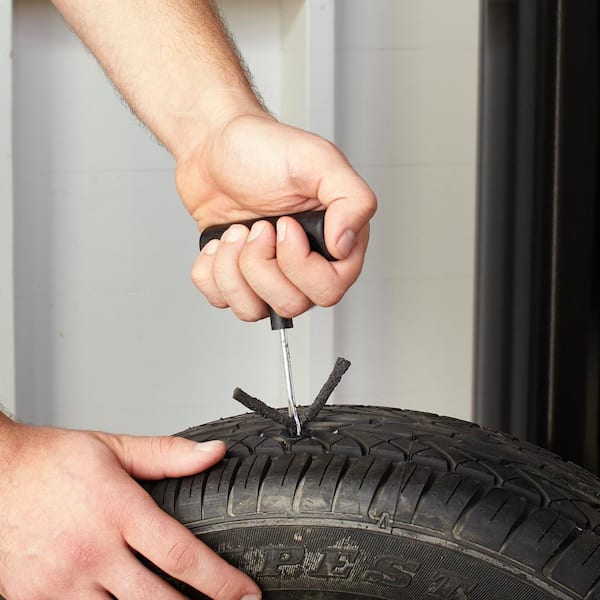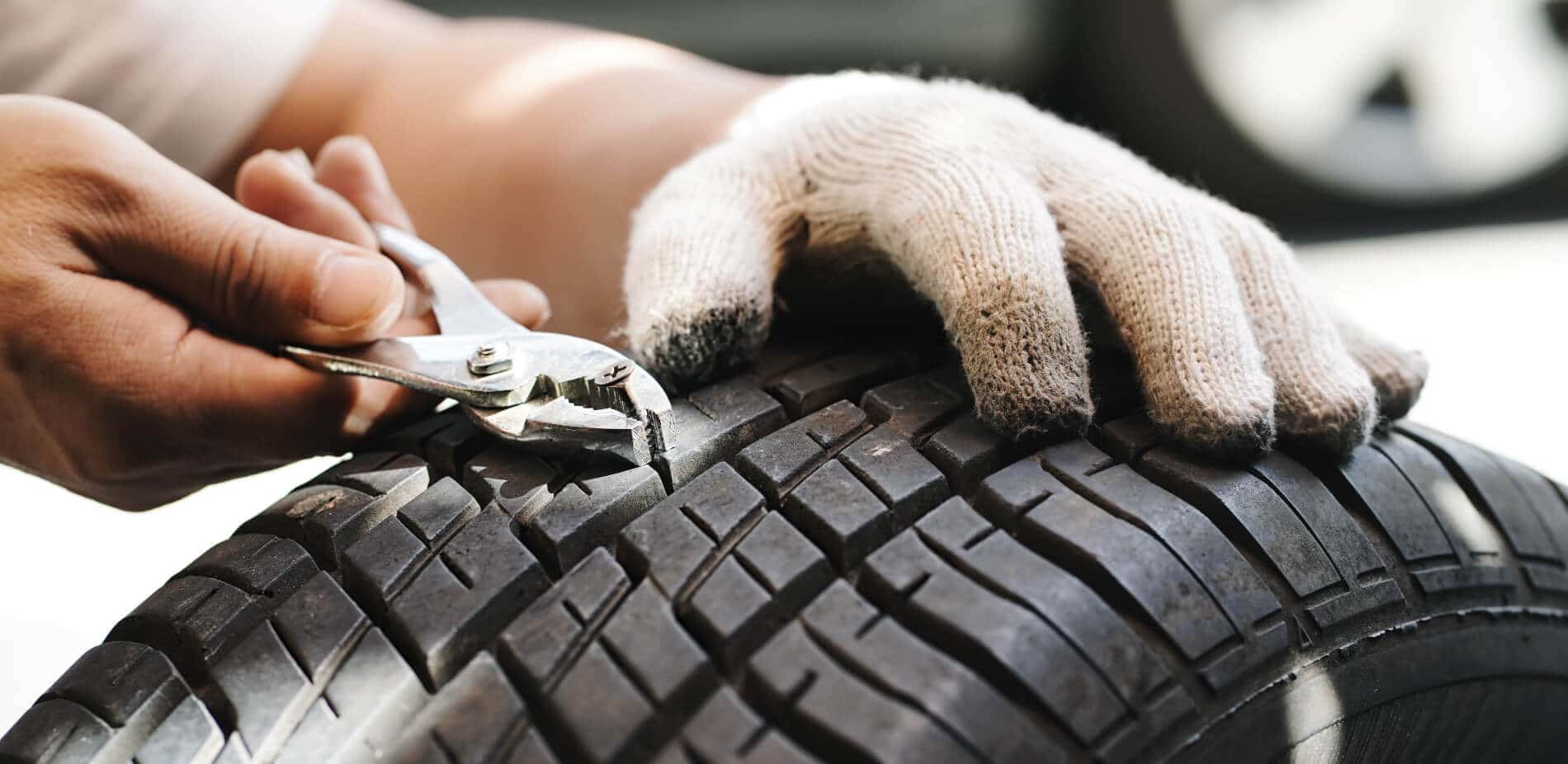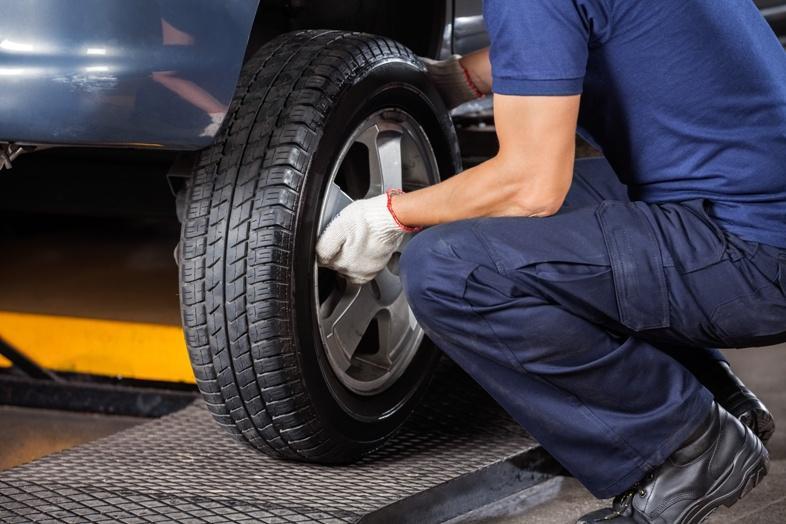Morris Tire Service: Comprehensive Tire Care
Morris Tire Service: Comprehensive Tire Care
Blog Article
Professional Guide to Tire Fixing: Every Little Thing You Required to Know
Browsing the world of tire repair work can be an overwhelming job for lots of car owners. From identifying the usual reasons of tire damage to understanding the intricate actions included in patching up a slit, there is a riches of knowledge to grasp. In this thorough overview, we will untangle the complexities of tire repair, clarifying the different kinds of fixing sets available and offering beneficial understandings into when it may be time to bid farewell to a worn-out tire. Remain tuned as we dig deeper right into the nuances of tire upkeep, equipping you with the essential expertise to ensure your tires stand the examination of time.
Typical Reasons For Tire Damage
What are the usual reasons that result in tire damages, influencing car efficiency and safety and security? Tire damage can happen as a result of various aspects, with among the primary reasons being incorrect rising cost of living pressure. Under-inflated tires can trigger extreme warmth buildup, resulting in raised wear and potential blowouts. Conversely, over-inflated tires can lead to minimized grip, uneven wear, and a harsher trip.

One more usual cause of tire damage is inadequate tread depth. Worn-out footsteps can jeopardize grip when traveling, especially in damp or unsafe conditions, increasing the risk of mishaps. Additionally, driving over craters, particles, or sharp things can puncture or cause cuts in the tire, weakening its structure and possibly creating a level.
In addition, inappropriate wheel placement and out of balance tires can likewise add to tire damage. Misaligned wheels can result in uneven wear patterns, while unbalanced tires can cause resonances, influencing both the automobile's handling and the tire's durability. Routine maintenance checks and prompt fixings can aid alleviate these typical sources of tire damages, making certain optimum automobile performance and safety.
Kinds Of Tire Repair Sets
To deal with the aftermath of usual reasons of tire damage discussed previously, it is important to comprehend the different kinds of tire repair my sources service kits readily available for automobile owners. There are largely 3 kinds of tire repair packages frequently used: plug packages, patch packages, and combination fixing sets.
Spot sets, on the various other hand, are a lot more appropriate for larger punctures or cuts in the tire. These kits include a spot and adhesive material that is used to the inner lining of the tire to cover the broken location securely.
Combination visit the website fixing kits use the benefit of including both plug and spot parts, offering a comprehensive service for a variety of tire damages circumstances. It is very important for automobile proprietors to acquaint themselves with these different sorts of tire repair work packages to be planned for any unexpected tire problems when driving.

Steps to Fix a Tire Slit
Repairing a tire see here now leak needs an organized strategy and the right devices to make certain a safe and efficient remedy. When encountered with a punctured tire, the initial step is to safely draw over to a level, stable surface away from web traffic. Engage the auto parking brake and place wheel chocks behind the tires to avoid any type of unexpected rolling.
When to Replace a Tire
Identifying the proper time for tire substitute demands a thorough assessment of various essential elements associated to tire wear and security. As tires use down, the depth of the walk reductions, affecting the tire's hold on the road. Even if the tread depth shows up enough, tires older than 6 years need to be meticulously checked out, as the rubber can wear away over time, making the tire extra vulnerable to failing.

Tire Upkeep Tips for Durability
After evaluating vital aspects related to tire wear and safety and security, carrying out proper tire upkeep methods is essential for maximizing the durability of your tires. Routinely examining tire pressure is critical, as underinflated tires can lead to boosted wear and reduced gas efficiency.
Turning your tires at routine intervals, usually every 5,000 to 7,000 miles, promotes even tread wear throughout all tires. Evaluating tires for indicators of damages, such as cuts, protrudes, or leaks, is likewise essential for maintaining tire longevity. By adhering to these tire upkeep ideas, you can optimize the life expectancy of your tires and guarantee a smooth driving experience.
Conclusion
Finally, recognizing typical sources of tire damages, utilizing the suitable tire repair packages, complying with proper actions to repair a tire puncture, recognizing when to replace a tire, and implementing tire upkeep suggestions are important for maximizing the long life of your tires. By staying informed and aggressive in dealing with tire issues, you can make certain security when traveling and prolong the lifespan of your tires.
Report this page